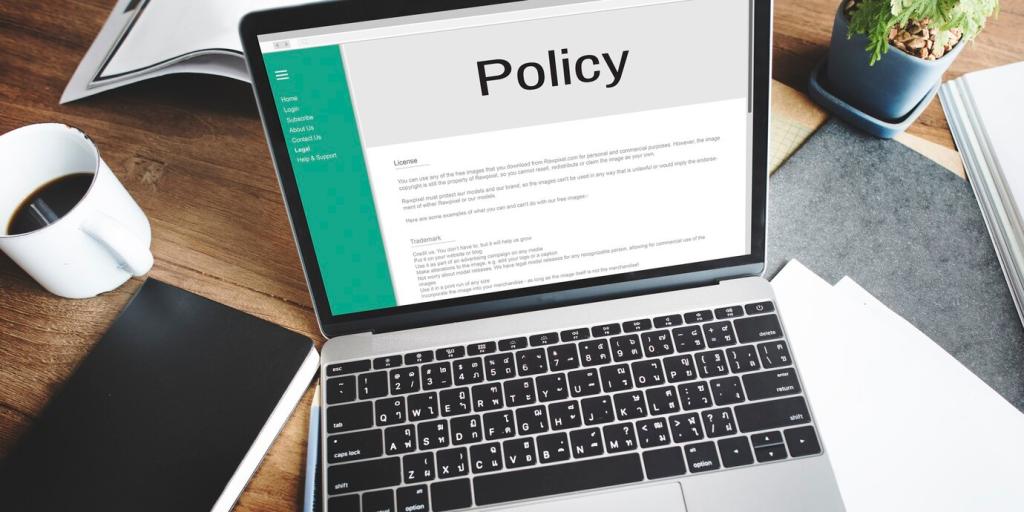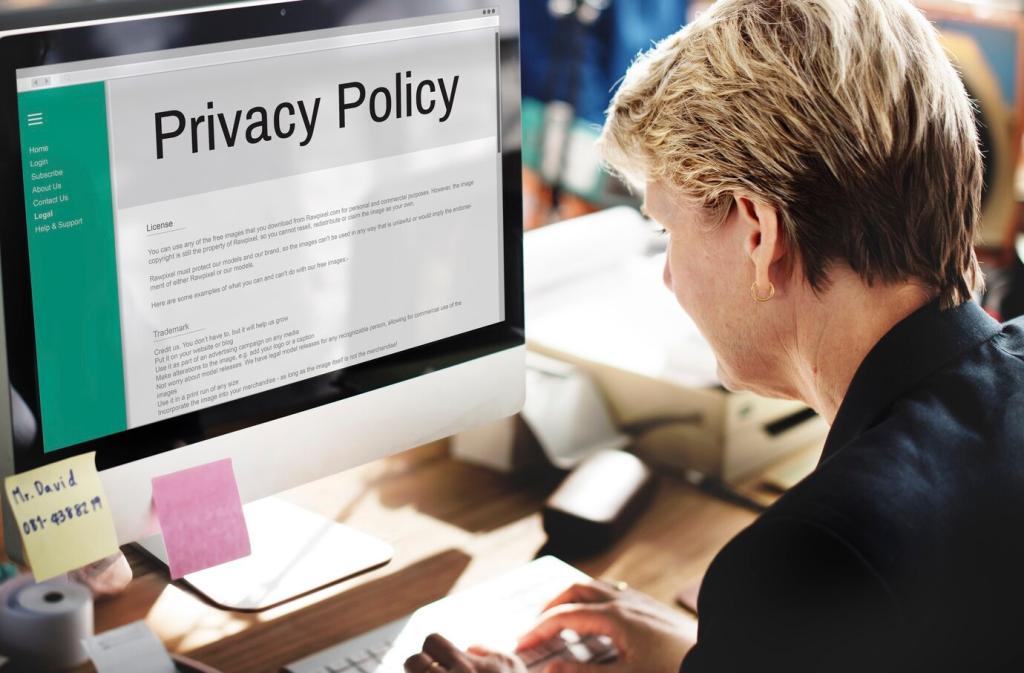Tariffs and Trade in the Public Eye
Gilded Age correspondents toured mills and counting houses, translating schedules and duties into wages and prices. Which historical article helped you see tariffs as more than theory? Share a quote that made the mechanics suddenly click.
Tariffs and Trade in the Public Eye
Editorial pages echoed economists and exporters forecasting retaliation, while small-town papers asked what it meant for farmers. Have you seen a headline that captured those fears plainly? Post it and tell us whether the tone felt measured.







